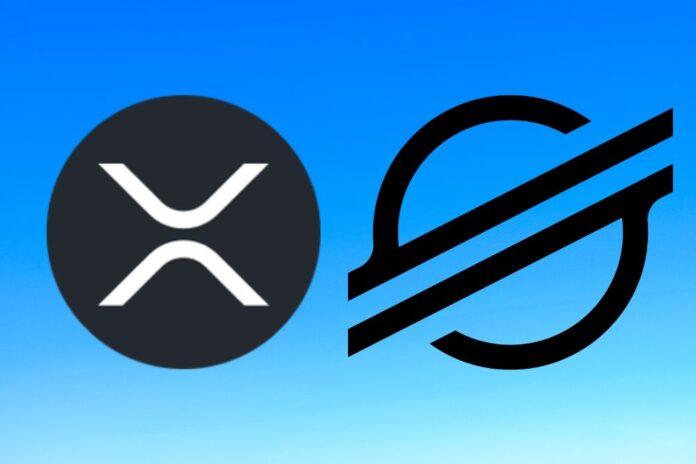The recent tweet from JackTheRippler, a prominent figure in the crypto community, has generated significant excitement with claims about the role of Ripple (XRP) and Stellar (XLM) in a new global payments network.
In his tweet, he suggests that the United Nations has endorsed these two blockchain technologies as foundational elements in an emerging financial system. The tweet, which includes a video, has sparked substantial discussion among cryptocurrency enthusiasts and analysts alike.
BOOOOOOOOOOOOOOOOOOM!!!
UN Endorses @Ripple and @StellarOrg as Cornerstones of New Global Payments Network! 💥#XRP and #XLM will run the new financial system! 🔥 pic.twitter.com/ufewexCKmR
— JackTheRippler ©️ (@RippleXrpie) October 13, 2024
A Three-Phase Model for Global Payments Integration
The video attached to the tweet outlines a three-phase model for integrating global payment networks, with Ripple and Stellar playing key roles in this structure.
The speaker in the video discusses how the integration will function, emphasizing that this is not an entirely new system but rather a way to connect existing networks, including legacy systems like Swift, Visa, and Mastercard, alongside newer blockchain-based networks such as Ripple, Stellar, and Celo.
The first phase, which is account addressing, aims to create a globally distributed directory. This directory would resolve proxy identifiers, enabling seamless cross-border payments without storing sensitive data. The concept is similar to how email addresses work, allowing payment systems to communicate efficiently and securely, regardless of the underlying network.
The second phase known as tokenized compliance, introduces signed tokens that will be issued by trusted compliance providers. These tokens are designed to streamline the compliance process, reducing associated costs, and improving the efficiency of cross-border transactions.
Compliance remains one of the most significant hurdles in international finance, particularly with evolving regulations and standards. Tokenized compliance could be a groundbreaking solution to ensure regulatory adherence while maintaining speed and efficiency.
The third phase is instant clearing and settlement, which aims to enable real-time or near-real-time settlement of cross-border funds. This phase will utilize distributed ledger technologies (DLTs) or Central Bank Digital Currencies (CBDCs) to make this vision a reality.
This would dramatically reduce the time it takes to settle transactions, from days to mere seconds, significantly improving liquidity and overall transaction efficiency in the global financial system.
We are on twitter, follow us to connect with us :- @TimesTabloid1
— TimesTabloid (@TimesTabloid1) July 15, 2023
Ripple and Stellar at the Center of Blockchain Innovation
The excitement surrounding Ripple and Stellar comes at a time when blockchain technology is increasingly recognized as a potential enabler for faster and more secure international payments. Both XRP and XLM are designed to facilitate cross-border transactions, with Ripple focusing on institutional solutions and Stellar targeting broader financial inclusion.
In response to the tweet, an X user named Annie commented, “This news will undoubtedly have a positive impact on the prospects of XRP and XLM, potentially attracting more investors and partners.” Annie’s comment highlights the anticipation that this development could increase interest in cryptocurrencies, particularly among institutional investors and financial technology partners.
If the UN endorsement and the details outlined in the video are accurate, this could mark a significant turning point in the global payments landscape. Ripple and Stellar have long been viewed as two of the most promising blockchain platforms for cross-border transactions.
Still, official backing from international institutions such as the United Nations would solidify their position as critical components of the future financial infrastructure.
The Road Ahead for Global Financial Systems
However, it is essential to approach such announcements with a degree of caution. While the potential of Ripple and Stellar is undeniable, it remains to be seen how quickly these technologies can be fully integrated into the existing financial system, and what regulatory challenges they might face along the way.
Moreover, the involvement of central banks and governments will be a crucial factor in determining the success of any initiative involving CBDCs or distributed ledger technologies.
Disclaimer: This content is meant to inform and should not be considered financial advice. The views expressed in this article may include the author’s personal opinions and do not represent Times Tabloid’s opinion. Readers are urged to do in-depth research before making any investment decisions. Any action taken by the reader is strictly at their own risk. Times Tabloid is not responsible for any financial losses.
Follow us on Twitter, Facebook, Telegram, and Google News


